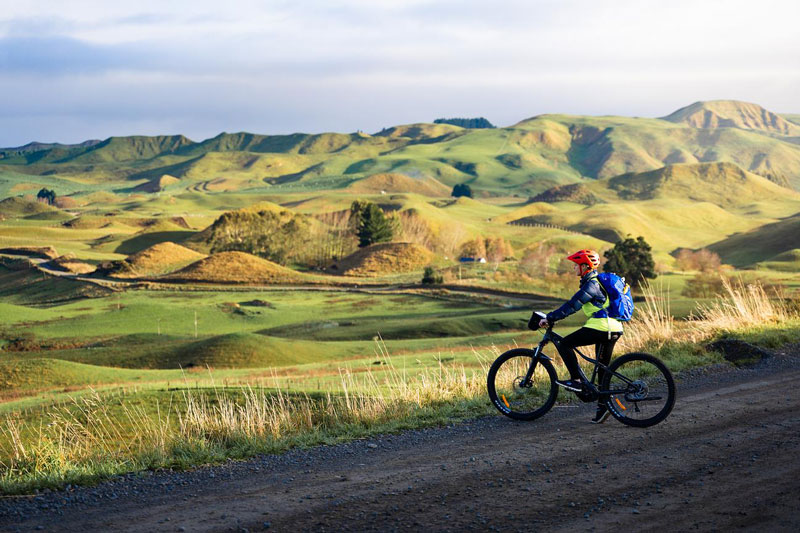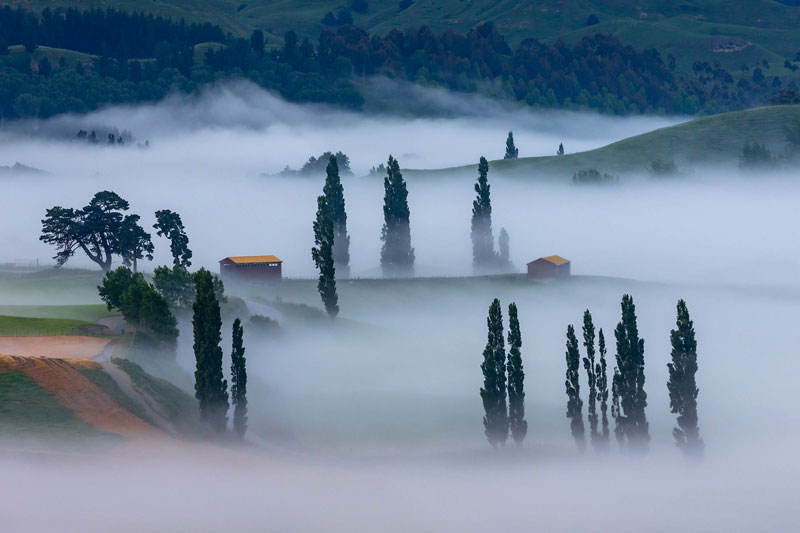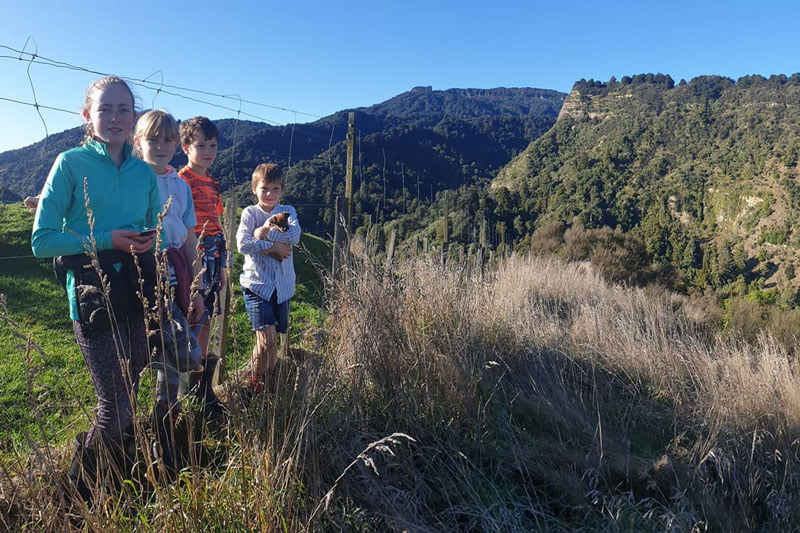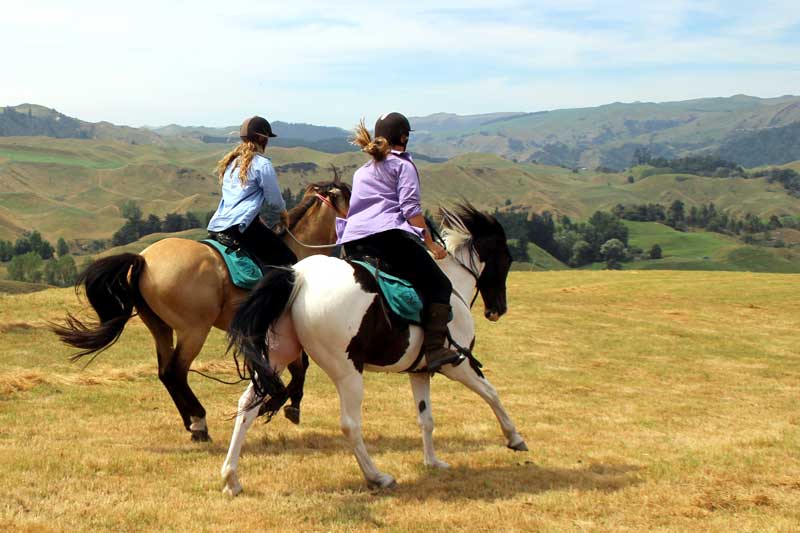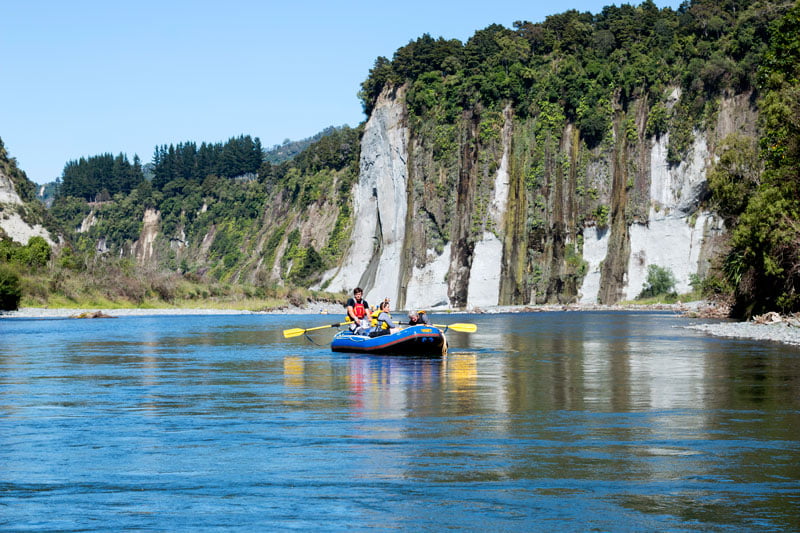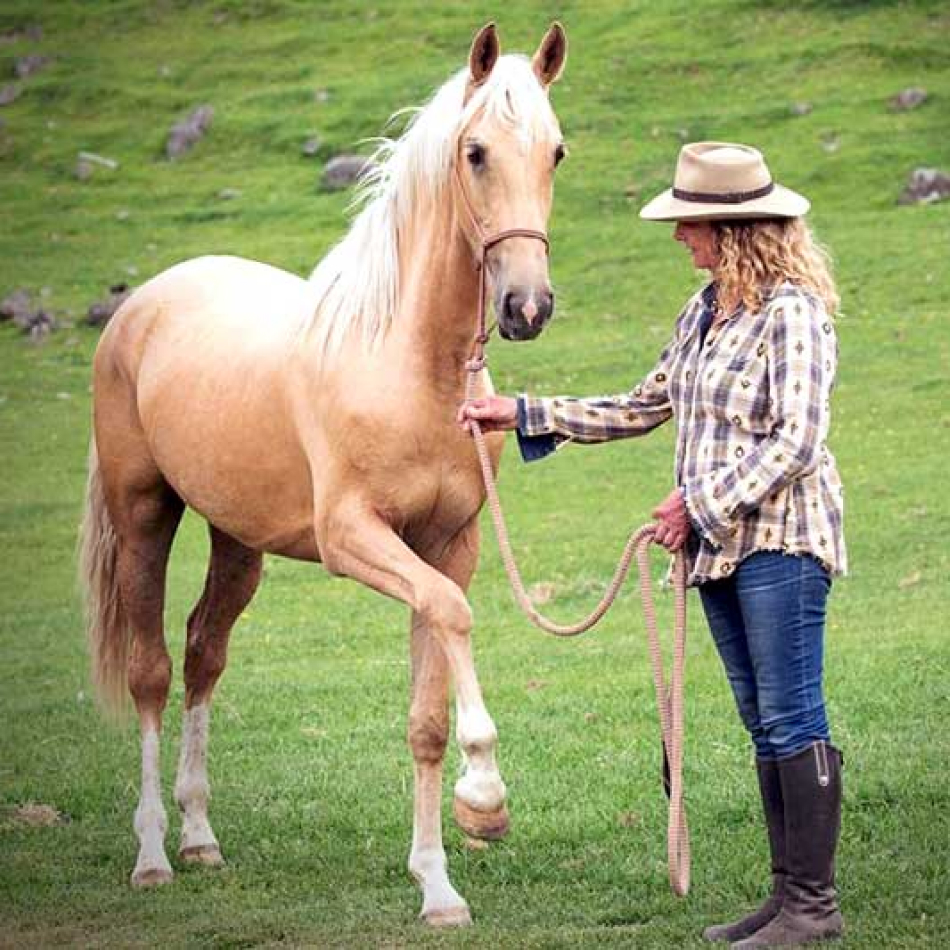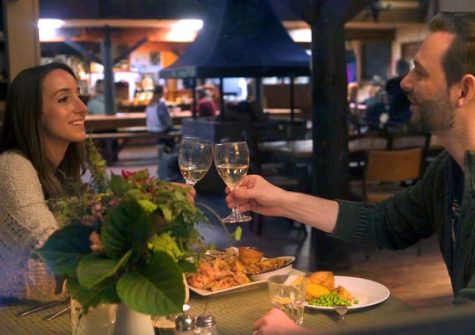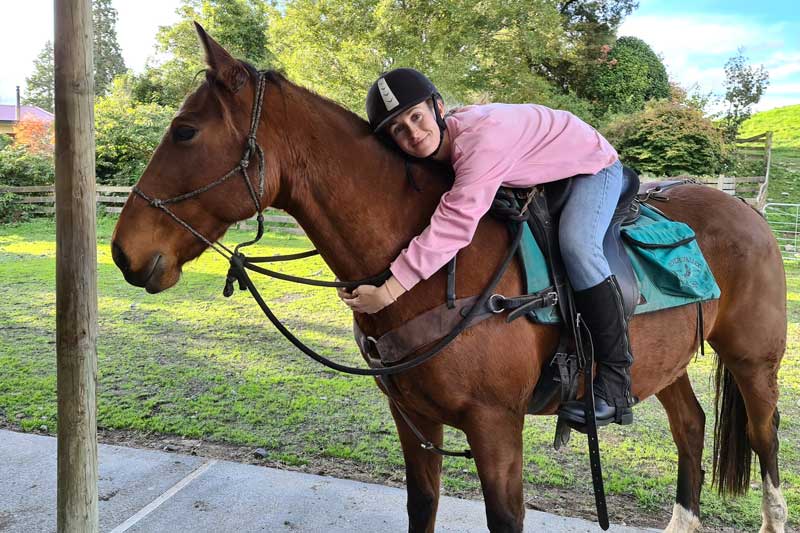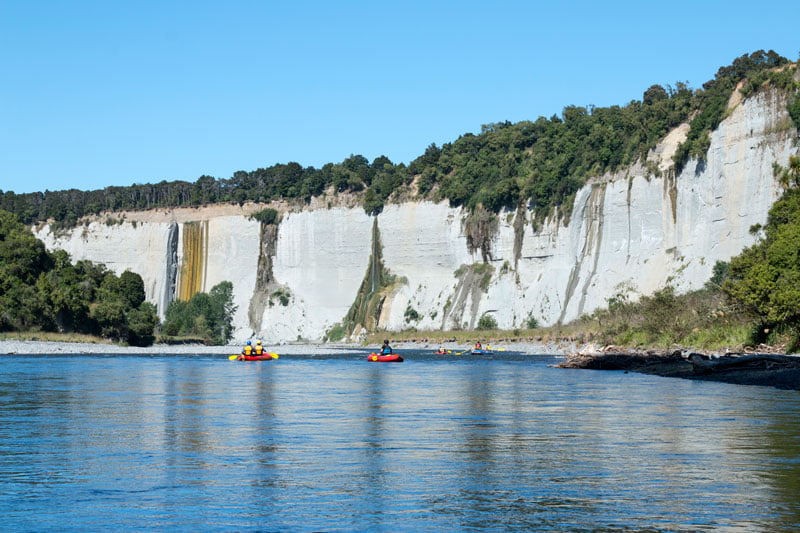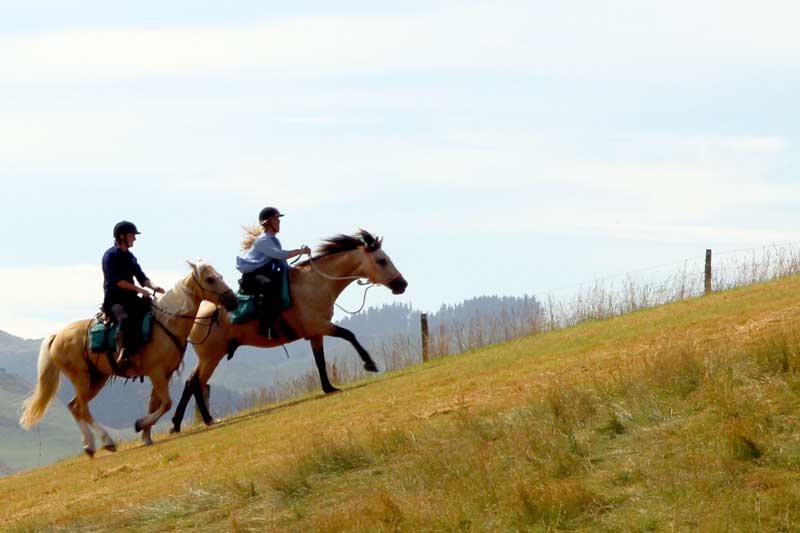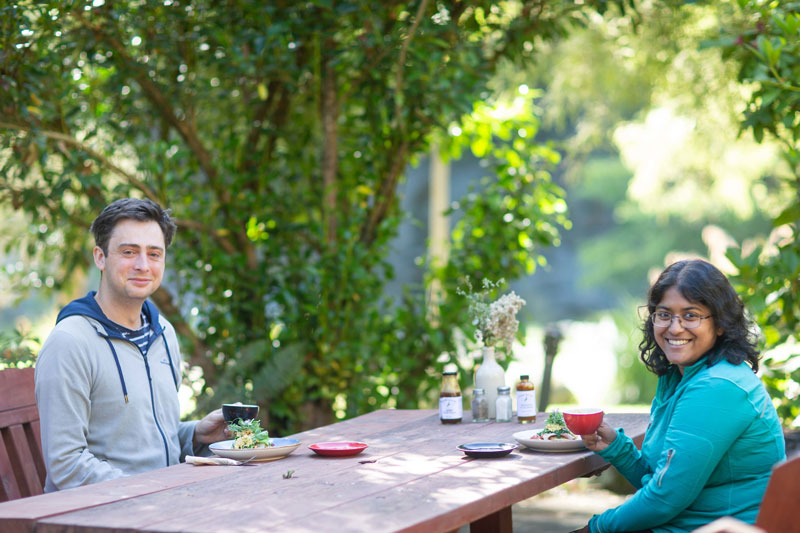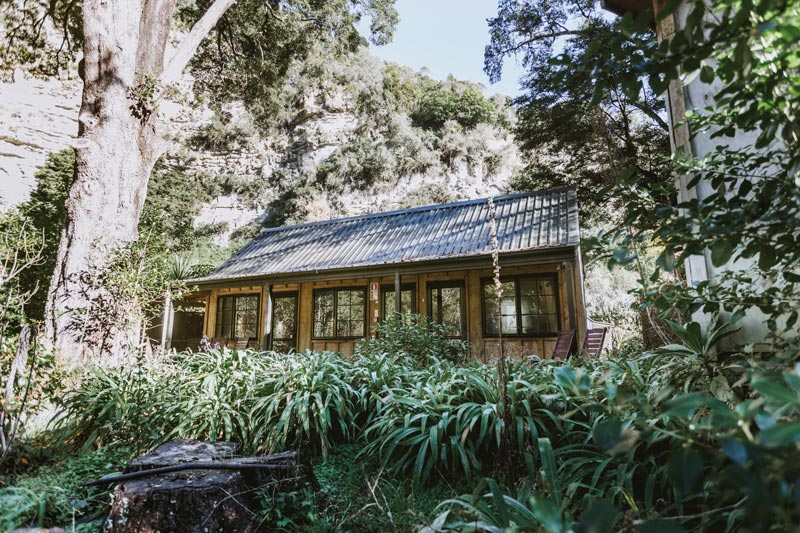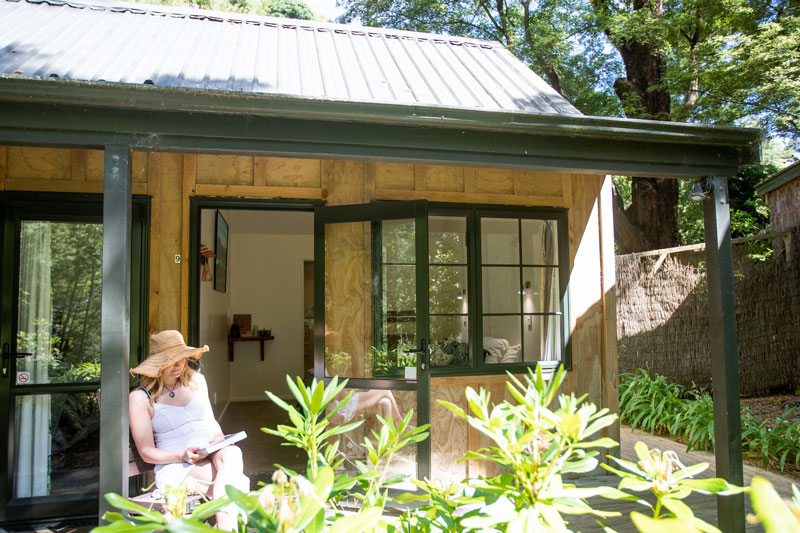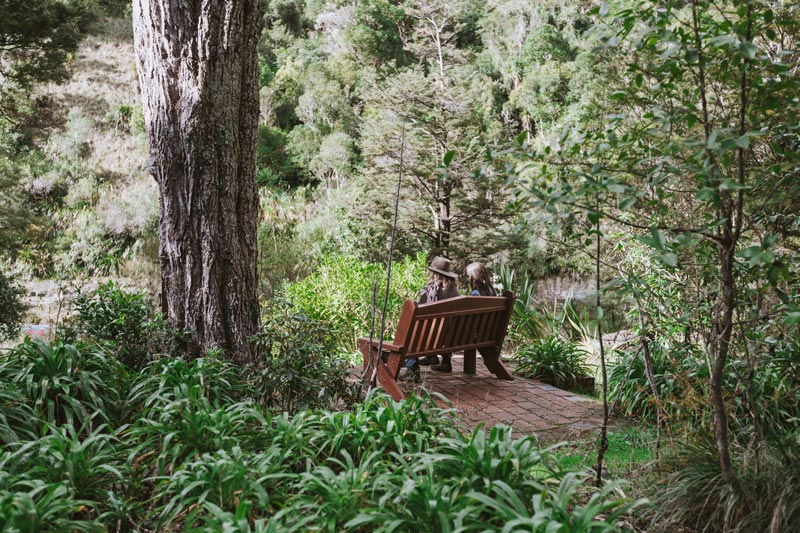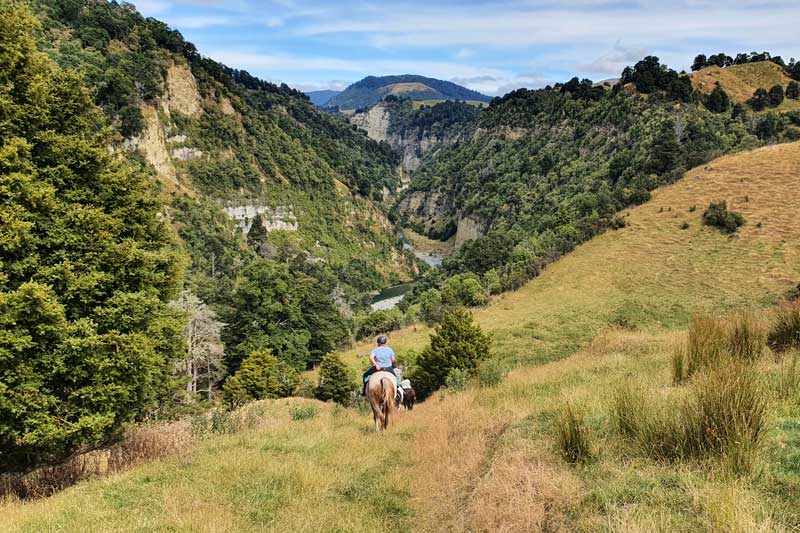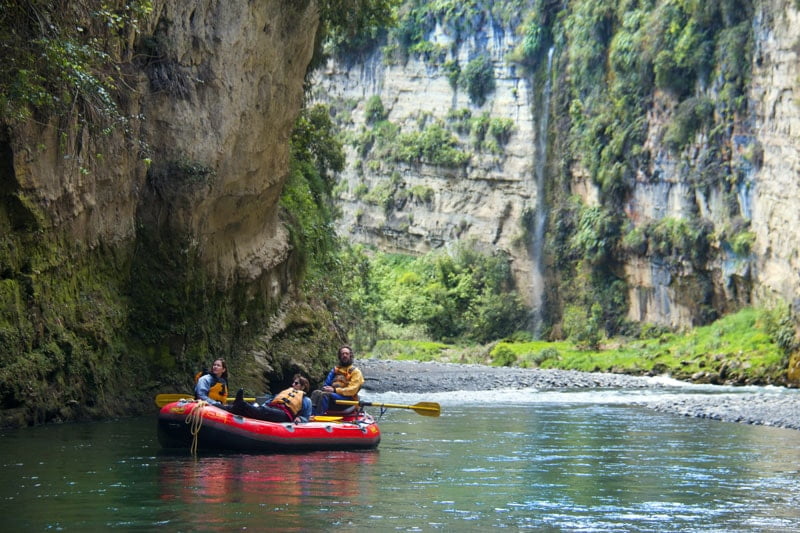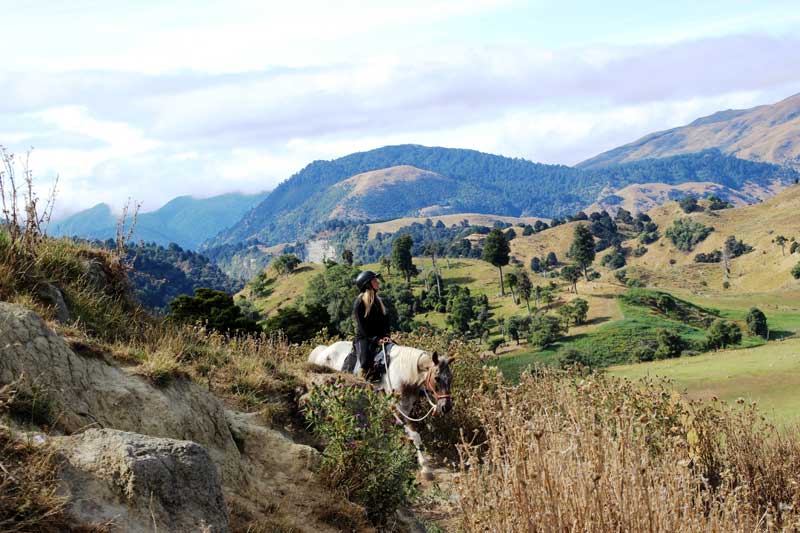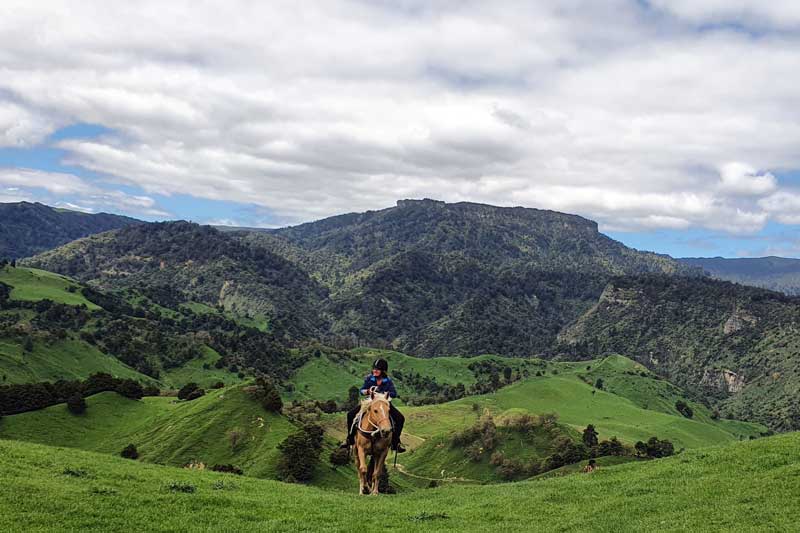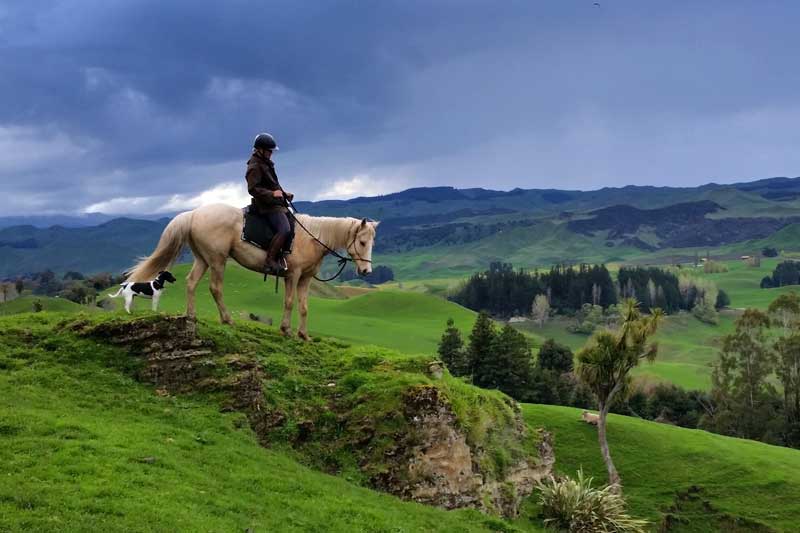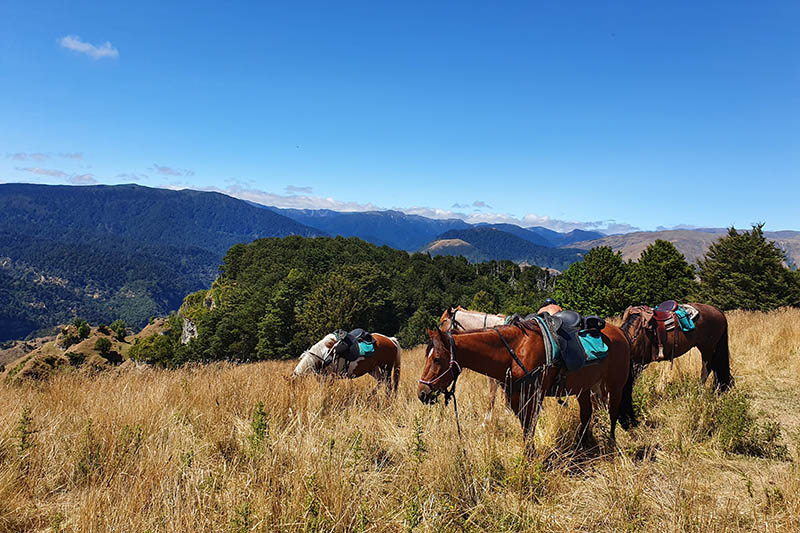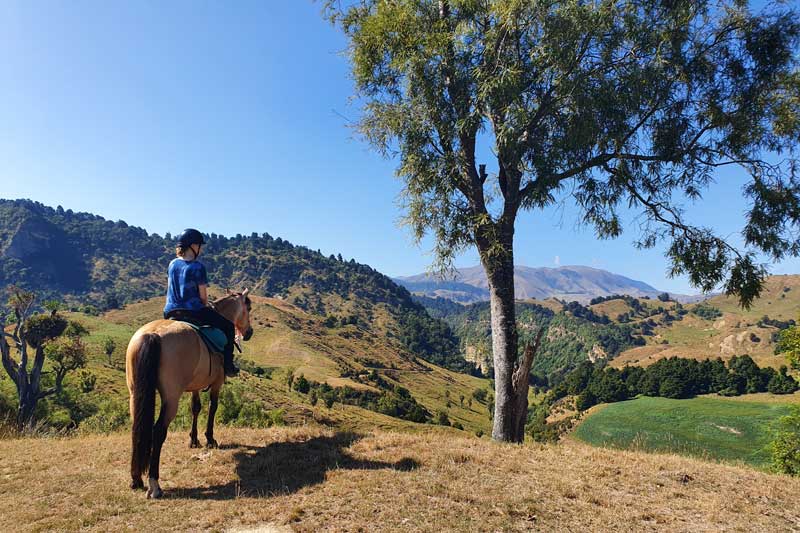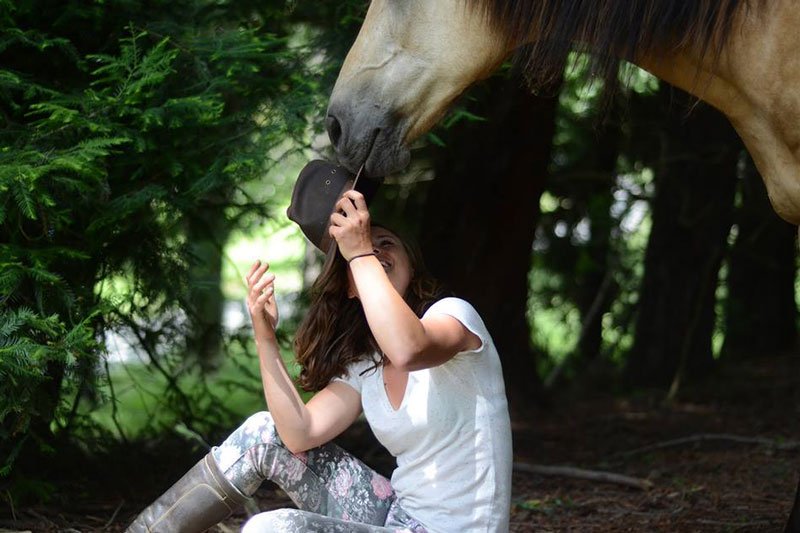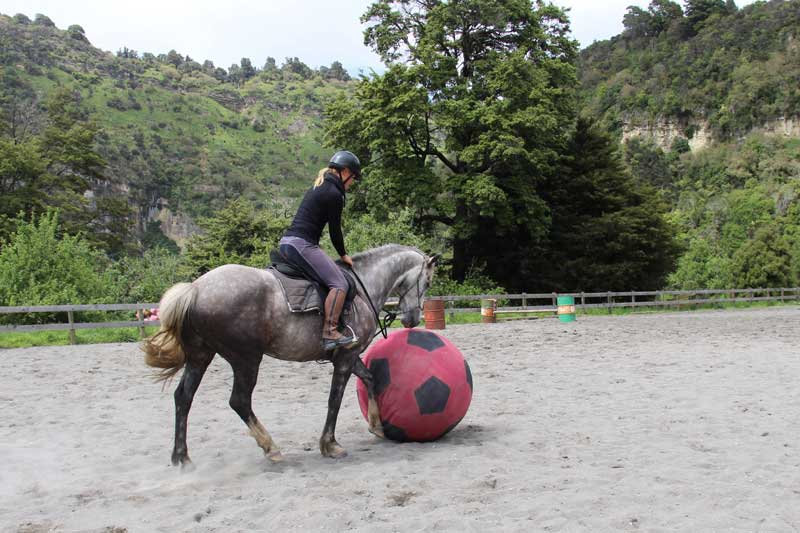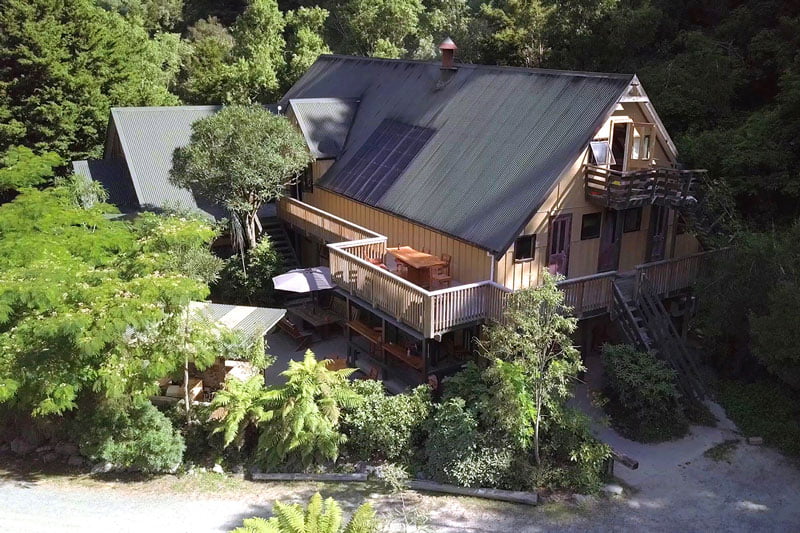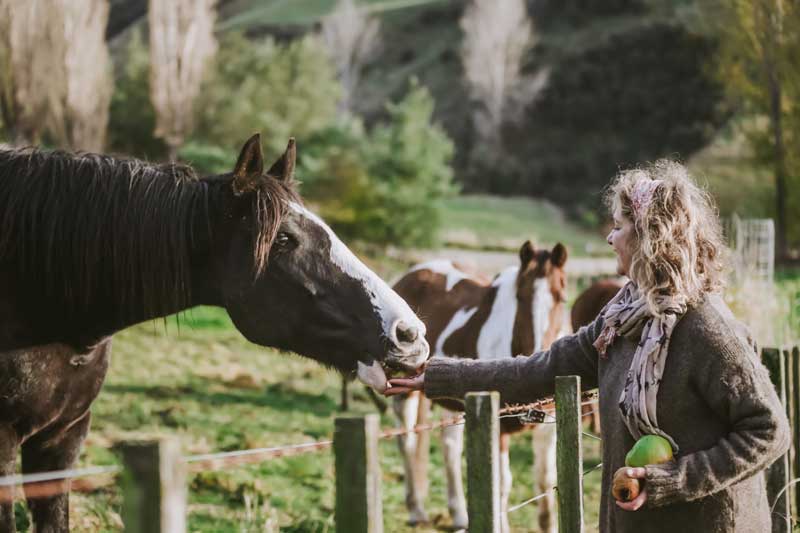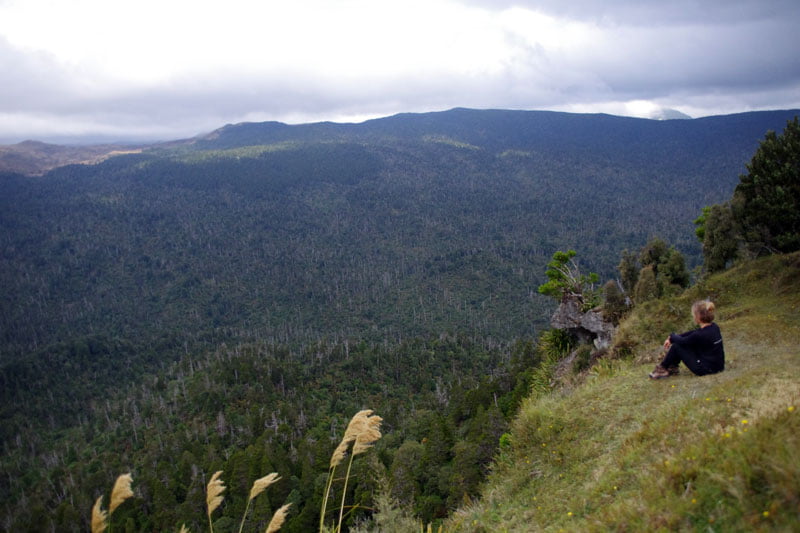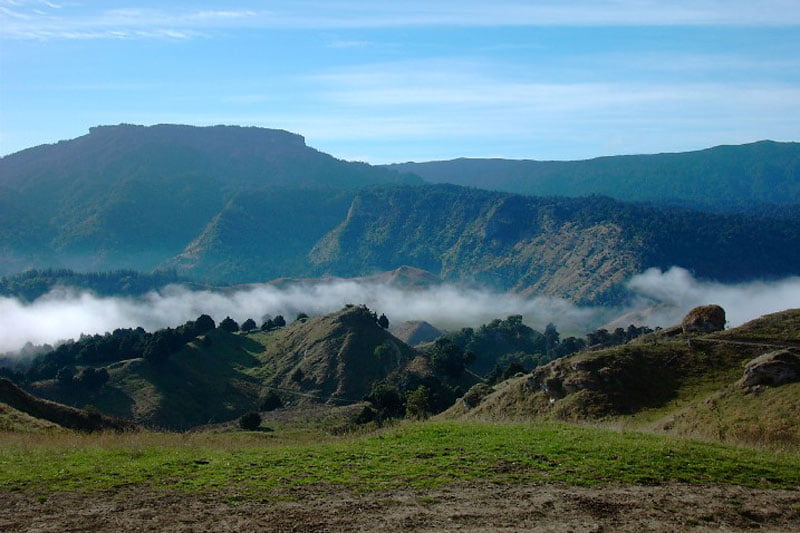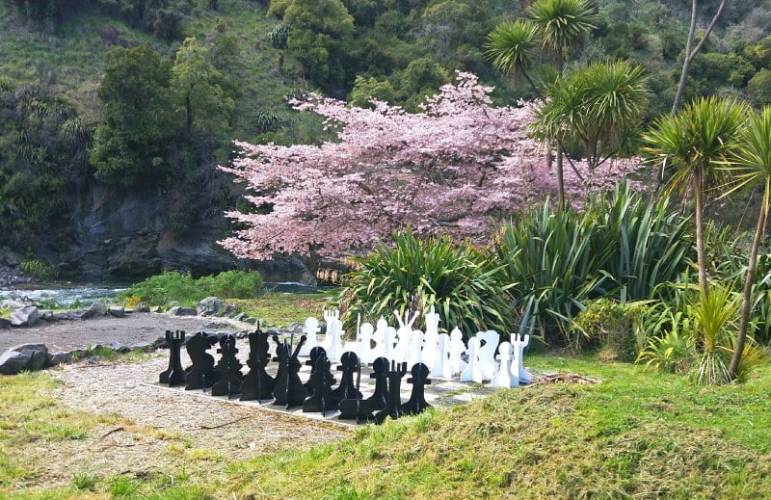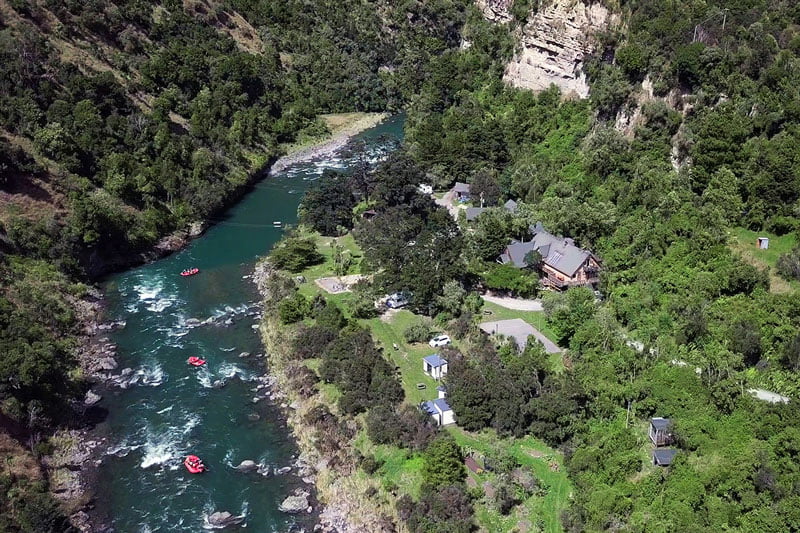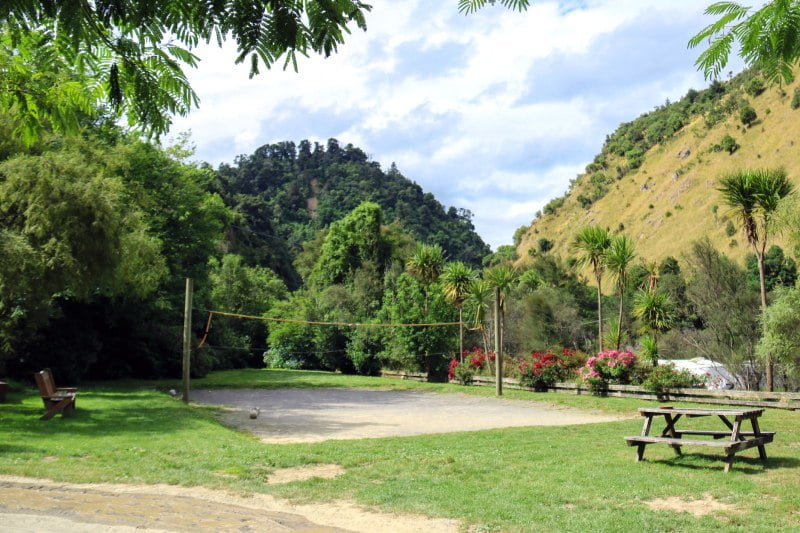Memories of Starlings and Streams. Why Are They Important?
One of the most vivid memories I have from my childhood was each evening watching the waves of Starlings coming home to roost. Their roost was a stretch of old bamboo, probably about 50 metres in length. The noise of calls, chirps, general greetings, squabbling and housekeeping was clear over 150 metres away to where our house stood.
But it was the wave after wave and sheer number of those birds that sticks in my memory most. There must have been thousands of them. What happened to those birds? Why do we not see waves of thousands like we once did? Why do we not see the abundance?
DDT and Bulldozers are What Happened to Them
The widespread use and build-up of DDT in the food chain ensured that the birds’ eggs were soft shelled and not able to withstand being turned in the nest. Breeding success plummeted. Bulldozers came and ripped out the bamboo, destroying the roosts.
The use of the insecticide DDT was not fully banned in New Zealand until 1989, 27 years after Rachel Carson published “Silent Spring”, documenting the toxic effects of the build-up of DDT in the environment. Even now, 50 years later, the population of these and other insectivorous birds has not fully recovered.
What Is Normal?
If I were to ask anybody that was born, probably after 1970, about seeing waves of Starlings on dusk, they would look at me blankly. The new norm is flocks of a few dozen birds. This would now be considered normal and people would be surprised to learn that not so long ago it was vastly different.
Our collective memory of that abundance has been lost.
The Stream
There is a small stream that flows a few hundred metres from where we live. When I came to Pukeokahu in 1978 it was a pretty little stream. In places Golden Willows grew along its banks. Even then it would periodically dry up in late summer.
That stream is now a wide shallow mud bath. This first started with the farming of deer who like nothing better than to create wallows in pretty little streams. Then came hill country cropping that has sent tons of topsoil down hillsides to settle in small waterways such as this.
This did not all happen at once, rather the degradation happened gradually, almost unnoticeably. One cupful of eroded soil at a time. The Golden Willows are dying, of old age or some other cause I don’t know.
For new farm managers on this farm with that stream, there is no memory of it being a pretty little stream. The new norm is a muddy boggy creek full of silt. This will be the memory they will pass on.
For people now and into the future, the collective memory of that stream will be this silt laden ditch. The memory of a pretty little stream will slowly be lost.
What Is the Point in This Ramble About Birds and Streams?
Generational memory loss is the point of this ramble about Starlings and streams.
Because most change happens slowly, unless we are highly observant, we don’t even realise that there is change going on. Until the day that is that we realise that there are no longer wave after wave of Starlings on dusk. That pretty little streams are now muddy ditches.
And when each generation goes, even those memories will die.
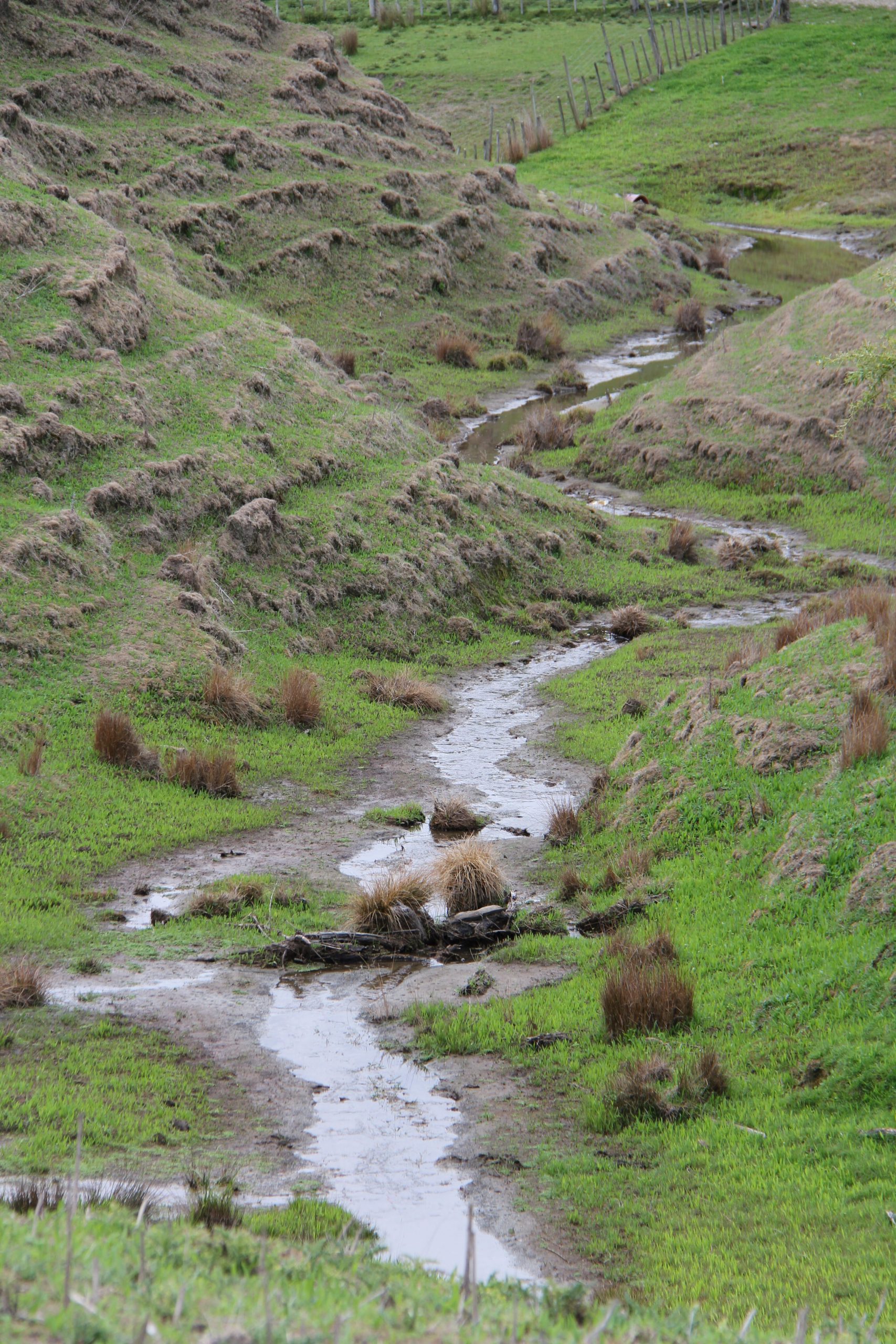
And What is the Problem with This?
The problem with this is that we come to accept that what we now see, a mere shadow of what once was, as being normal. What we now see becomes the new baseline.
And in another generation even that baseline will be forgotten.
There is a warning here.
What we don’t remember we seldom care about. That is the warning and, a challenge.
A challenge that is that we aspire to new baselines and memories around not what is, but what could be.
Brian Megaw

